Difference between revisions of "CoE 197U Scaling"
| Line 35: | Line 35: | ||
{| | {| | ||
| − | |[[File:Vdd scaling itrs2004.png|thumb|400px|Figure | + | |[[File:Vdd scaling itrs2004.png|thumb|400px|Figure 7: Supply and threshold voltage scaling<ref name="itrs2004">ITRS, ''The International Technology Roadmap for Semiconductors (2004 edition)'', 2004. Technical Report, http://public.itrs.net</ref>.]] |
|- | |- | ||
|} | |} | ||
{| | {| | ||
| − | |[[File:Freq leak pvt.png|thumb|500px|Figure | + | |[[File:Freq leak pvt.png|thumb|500px|Figure 8: Leakage and frequency variations<ref name="borkar2003">S. Borkar, T. Karnik, S. Narendra, J. Tschanz, A. Keshavarzi and V. De, Parameter variations and impact on circuits and microarchitecture, ''Proceedings 2003. Design Automation Conference'' (IEEE Cat. No.03CH37451), Anaheim, CA, USA, 2003, pp. 338-342, doi: 10.1145/775832.775920.</ref>.]] |
|- | |- | ||
|} | |} | ||
| Line 47: | Line 47: | ||
{| | {| | ||
| − | |[[File:Power density reduction.png|thumb|500px|Figure | + | |[[File:Power density reduction.png|thumb|500px|Figure 9: Semiconductor power density<ref name="chen2007">Chen (IBM), ISS Europe 2007, ([https://www.sec.gov/Archives/edgar/data/937966/000115697307001753/u54325exv99w3.htm link]).</ref>.]] |
|- | |- | ||
|} | |} | ||
{| | {| | ||
| − | |[[File:Calculations vs year.png|thumb|900px|Figure | + | |[[File:Calculations vs year.png|thumb|900px|Figure 10: Calculations per second for a fixed cost<ref name="bcaresearch">BCA Research ([https://www.bcaresearch.com/images/Peter_PPT_presentation%2013.pdf link]).</ref>.]] |
|- | |- | ||
|} | |} | ||
Revision as of 11:31, 27 February 2021
Contents
Moore's Law
In 1965, Gordon Moore published a 4-page paper entitled "Cramming more components onto integrated circuits"[1], where he predicted that the number of components in an integrated circuit will increase by a factor of two every year, as shown in Fig. 1. Note that he based his extrapolation on just 4 data points!
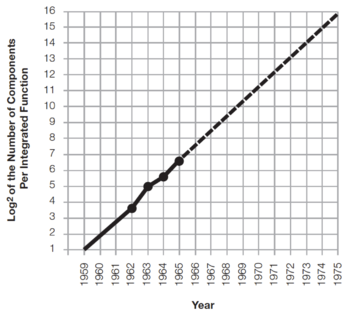 Figure 1: Gordon Moore's 1965 prediction[1]. |
Why is this paper and the graph in Fig. 1 important? Gordon Moore's prediction, also known as Moore's Law, has reflected and, more importantly, driven the steady and rapid progress in computing technology[2]. Thus, satisfying Moore's Law has become the goal instead of being merely a prediction.
Evolution of Complexity
As Gordon Moore predicted, the cost and performance advantage of putting more and more devices into a single integrated circuit (IC) led to the rapid increase in circuit complexity. One convenient indicator of circuit complexity is the number of transistors contained in a single IC, reaching the 1-billion transistor level in 2010, and achieving almost 50 billion transistors in 2020, as shown in Fig. 2.
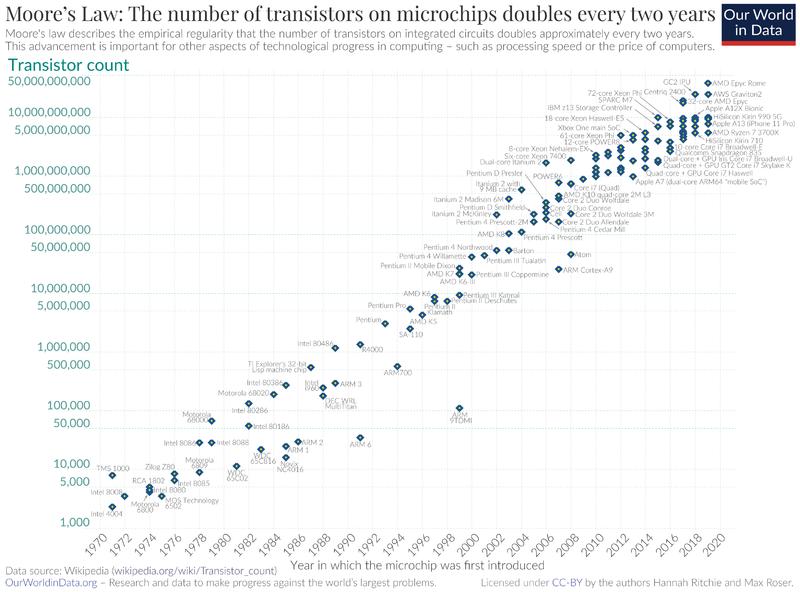 Figure 2: Transistor Count (1970 - 2020)[3]. |
For 30 years,
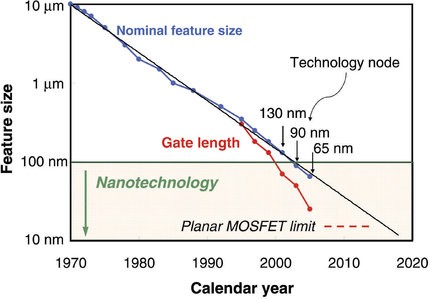 Figure 3: Technology node and transistor gate length versus calendar year[4]. |
 Figure 4: Scaling and processor performance[5]. |
Challenges in Digital Design
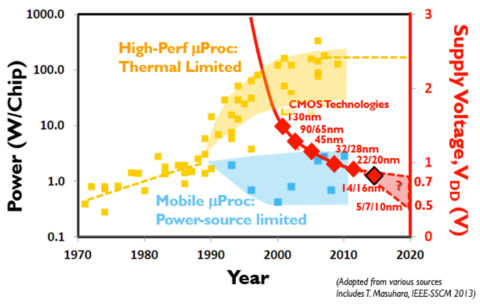 Figure 5: Supply voltage and power scaling[6]. |
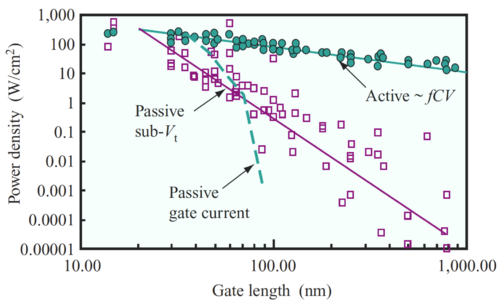 Figure 6: Active and Leakage Power[7]. |
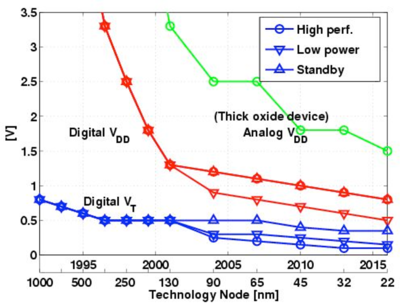 Figure 7: Supply and threshold voltage scaling[8]. |
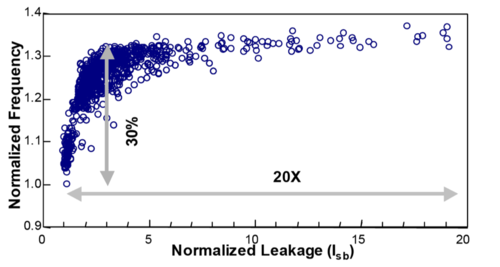 Figure 8: Leakage and frequency variations[9]. |
Why Scale?
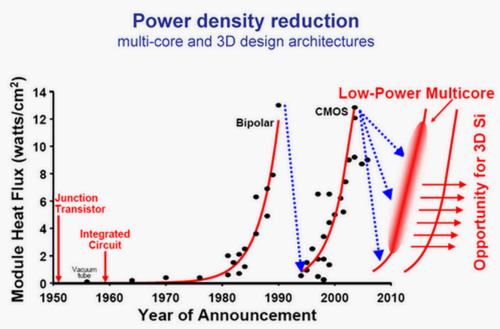 Figure 9: Semiconductor power density[10]. |
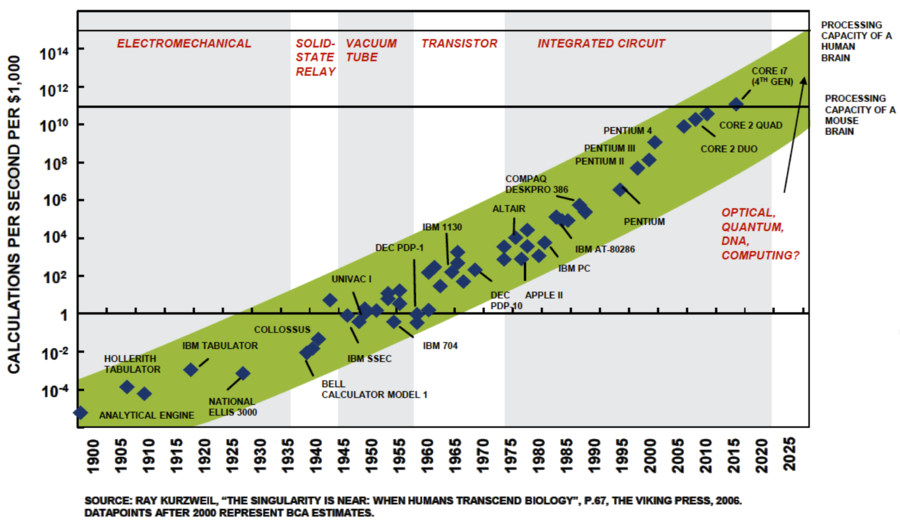 Figure 10: Calculations per second for a fixed cost[11]. |
The Cost of Integrated Circuits
Non-Recurrent Engineering Costs
Recurrent Costs
Yield
References
- ↑ 1.0 1.1 Gordon E Moore, Cramming more components onto integrated circuits, Electronics, Volume 38, Number 8, April 19, 1965 (pdf)
- ↑ Gordon Moore: The Man Whose Name Means Progress, IEEE Spectrum, March 2015.
- ↑ Wikimedia
- ↑ S. E. Thompson, S. Parthasarathy, Moore's law: the future of Si microelectronics, Materials Today, Volume 9, Issue 6, 2006, Pages 20-25. (link)
- ↑ K. Rupp, 42 Years of Microprocessor Trend Data, https://www.karlrupp.net/2018/02/42-years-of-microprocessor-trend-data/
- ↑ B. Kunert, Integration and Application of Epitaxial Systems: III/V on Silicon for Optoelectronics, IMEC Belgium 2015
- ↑ W. Haensch et al., Silicon CMOS devices beyond scaling, IBM Journal of Research and Development, vol. 50, no. 4.5, pp. 339-361, July 2006, doi: 10.1147/rd.504.0339.
- ↑ ITRS, The International Technology Roadmap for Semiconductors (2004 edition), 2004. Technical Report, http://public.itrs.net
- ↑ S. Borkar, T. Karnik, S. Narendra, J. Tschanz, A. Keshavarzi and V. De, Parameter variations and impact on circuits and microarchitecture, Proceedings 2003. Design Automation Conference (IEEE Cat. No.03CH37451), Anaheim, CA, USA, 2003, pp. 338-342, doi: 10.1145/775832.775920.
- ↑ Chen (IBM), ISS Europe 2007, (link).
- ↑ BCA Research (link).